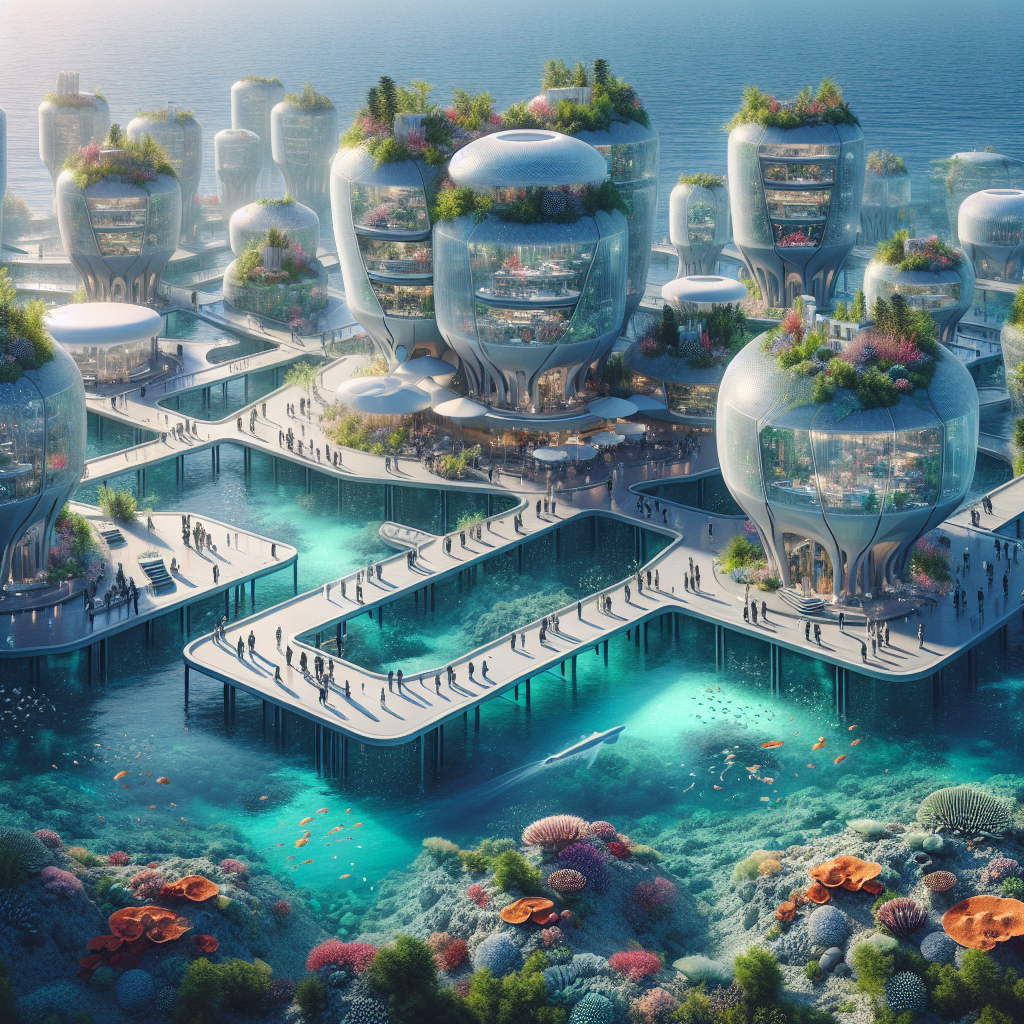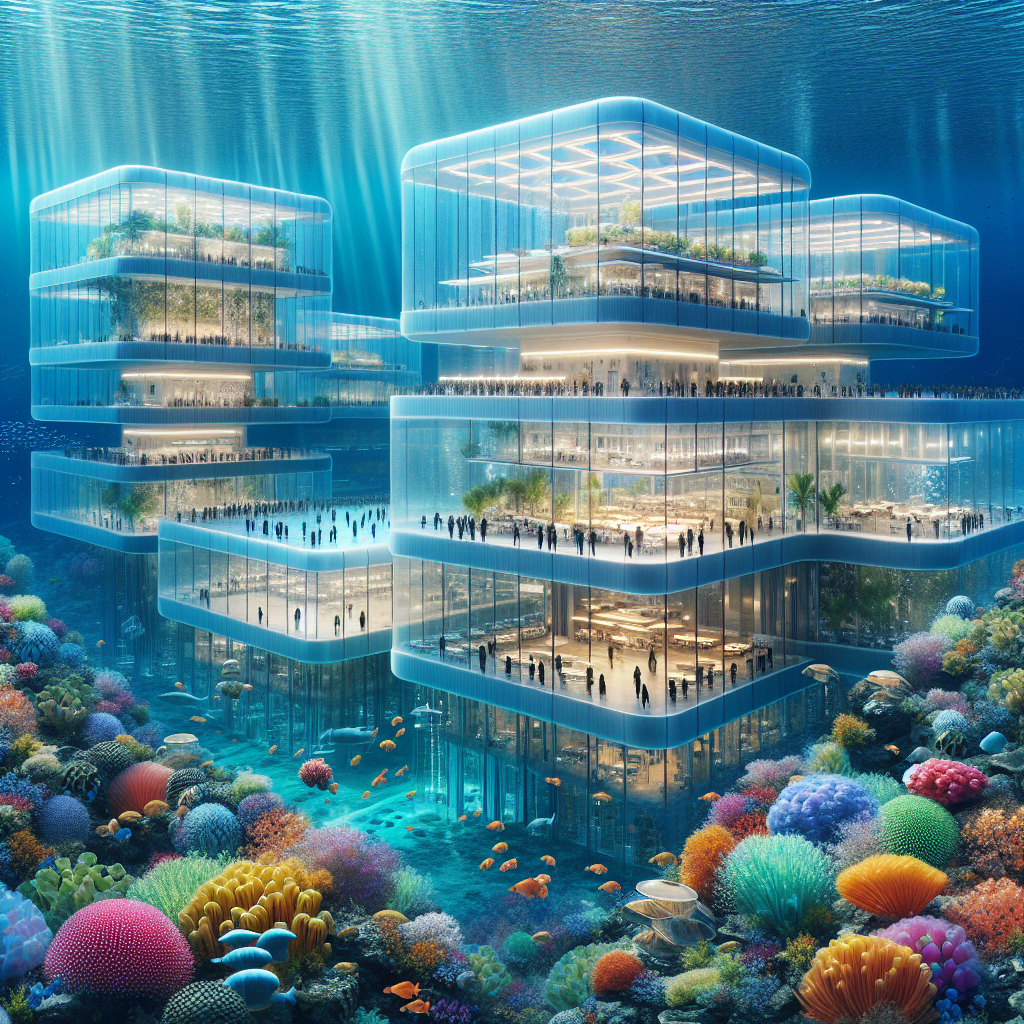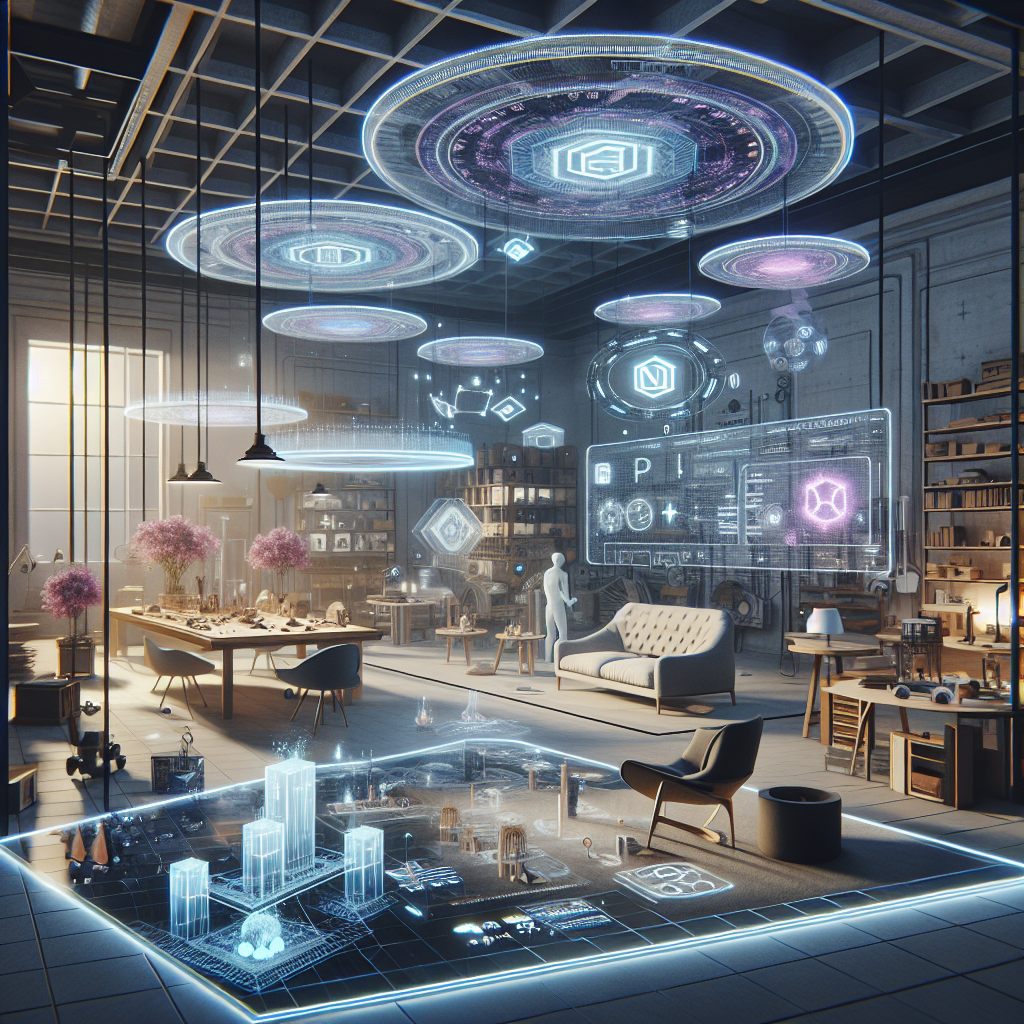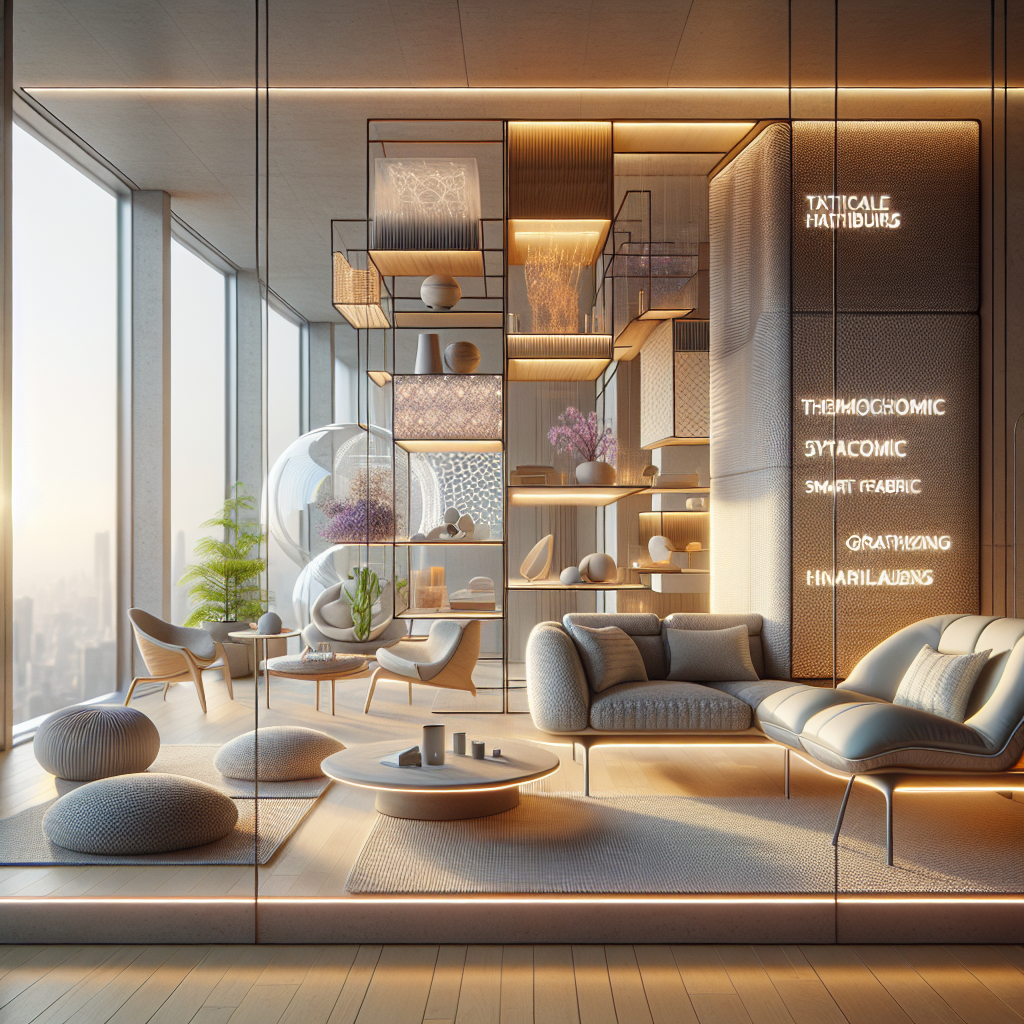Discovering the World of Underwater Architecture

Submerging into the Future: The Rise of Underwater Architecture
The realm of architecture has long been confined to the terrestrial, with our cities’ skylines reaching ever skyward. Yet, a new frontier is emerging, one that delves into the depths of the ocean to reveal the untapped potential of underwater architecture. This burgeoning field combines cutting-edge engineering, sustainable design, and a deep respect for marine ecosystems to create structures that are as breathtaking as they are functional.
The Allure of Aquatic Design
The fascination with the underwater world is not new; it has captured the human imagination for centuries. Today, with the advancement of technology, architects and designers are turning this fascination into reality. The allure of aquatic design lies in its ability to offer unique experiences, unparalleled tranquility, and the opportunity for intimate encounters with marine life. From underwater restaurants to sub-aquatic hotels, these structures are not merely buildings but destinations that promise an otherworldly escape.
Engineering Challenges and Innovations
Crafting habitats beneath the waves presents a myriad of challenges, from withstanding the immense pressure of the water to ensuring the safety of its inhabitants. Innovations in materials and construction techniques are at the forefront of this field. For instance, the use of acrylic and glass allows for clear, panoramic views of the ocean while being strong enough to resist the forces exerted upon them. Additionally, advancements in sealing technology ensure that these underwater edifices remain watertight and secure.
Sustainability and Environmental Considerations
A critical aspect of underwater architecture is its impact on the marine environment. Sustainable design principles are paramount, with architects striving to create structures that not only minimize disruption to aquatic ecosystems but also contribute positively to them. The use of coral-friendly materials and the incorporation of artificial reefs are just a few examples of how underwater architecture can promote biodiversity and aid in the restoration of marine habitats.
Iconic Underwater Structures
The world has witnessed the unveiling of several iconic underwater structures that have set the bar for what is possible. The Ithaa Undersea Restaurant in the Maldives, for instance, offers diners a 270-degree view of the vibrant coral gardens that surround it. Meanwhile, the Conrad Maldives Rangali Island has introduced the world’s first underwater villa, The Muraka, providing guests with an immersive overnight experience beneath the Indian Ocean’s surface.
The Future of Underwater Architecture
The potential for underwater architecture extends beyond hospitality. Visionaries are exploring the possibility of fully submerged research facilities, museums, and even residential spaces. The Aquarius Reef Base, located off the coast of Florida, is a prime example of a functional underwater research laboratory that has been operational for decades. As the technology evolves, we may see the development of underwater cities, addressing issues such as overpopulation and rising sea levels.
Underwater Architecture as an Art Form
Beyond its functional attributes, underwater architecture is also emerging as a form of art. The interplay of light and water, the fluidity of forms that mimic marine life, and the creation of spaces that are in harmony with the ocean’s natural rhythms all contribute to a new aesthetic language. This artistry not only enhances the visual appeal of these structures but also fosters a deeper connection between humans and the marine world.
Conclusion: A Dive into the Unknown
The exploration of underwater architecture is akin to a dive into the unknown, a journey that is both exhilarating and enlightening. As we push the boundaries of design and engineering, we open up new possibilities for living, working, and playing in harmony with the ocean. With each submerged structure, we gain not only a new space to inhabit but also a greater appreciation for the vast, untapped potential that lies beneath the waves.
References and Further Reading
For those intrigued by the prospects of underwater architecture and eager to delve deeper, the following resources offer a wealth of information:
- Underwater Construction on Wikipedia provides an overview of the techniques and challenges involved in building beneath the sea.
- Explore the latest design trends in underwater architecture on mainifesto.com.
- Discover how underwater architecture is promoting sustainable marine design and aiding in the conservation of our oceans.
- Learn about the innovative materials that are revolutionizing underwater construction.







